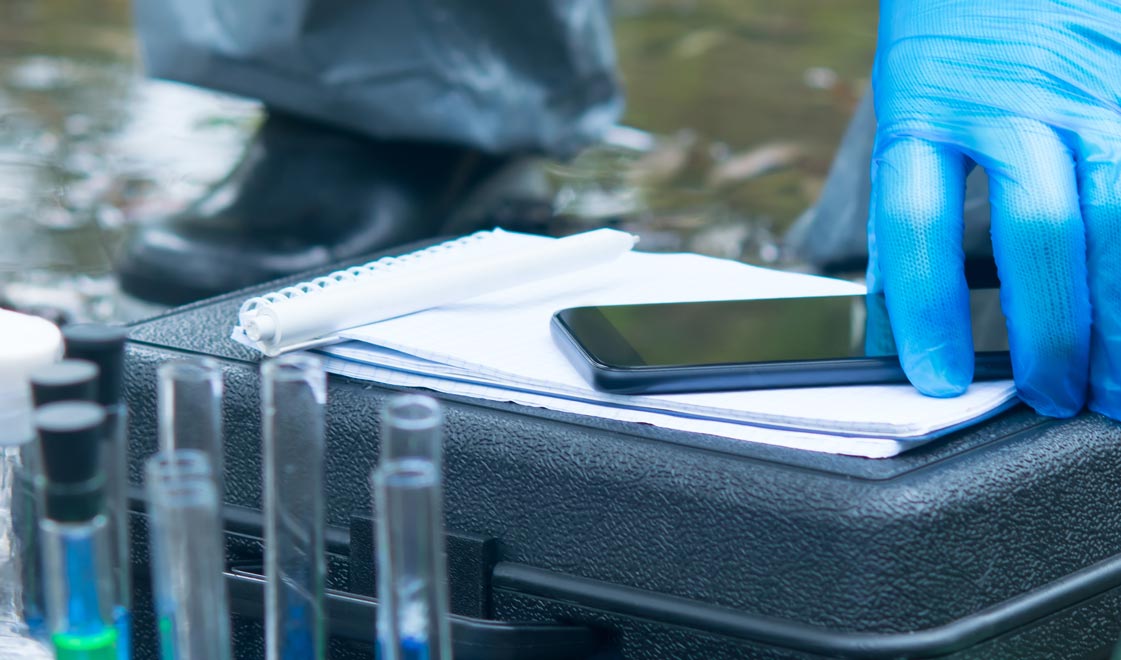Advertisment
To what extent are pharmaceutical and illicit drugs contaminating city rivers?

In research published in Environmental Toxicology & Chemistry, investigators sampled water from 19 locations across the Hudson and East Rivers in 2021 and 2022 to identify and quantify the prescribed pharmaceuticals and drugs of abuse that are making their way into New York City’s rivers and to determine the source of these pollutants.
Metoprolol and atenolol (blood pressure medications), benzoylecgonine (the main metabolite of cocaine), methamphetamine (a stimulant), and methadone (an opioid) were the most prevalent drugs, present in more than 60% of water samples.
More drugs and higher concentrations were detected in water contaminated by Enterococci (bacteria that live in the intestinal tract) and after rainfall, indicating an impact from sewer overflow. However, the presence of drugs in clean water and during periods of dry weather indicated that wastewater treatment plant discharge may also contribute to the presence of drugs in rivers.
“This study shows how pharmaceuticals and drugs of abuse enter the New York City aquatic environment, highlighting the necessity of improving the current water management system,” said corresponding author Marta Concheiro-Guisan, PharmD, PhD, of the John Jay College of Criminal Justice.
URL upon publication: https://onlinelibrary.wiley.com/doi/10.1002/etc.5891
About the Journal
Environmental Toxicology & Chemistry (ET&C) publishes papers describing original experimental or theoretical work that significantly advances understanding in the area of environmental toxicology, environmental chemistry, and hazard/risk assessment. ET&C is interdisciplinary in scope and integrates the fields of environmental toxicology; environmental, analytical, and molecular chemistry; ecology; physiology; biochemistry; microbiology; genetics; genomics; environmental engineering; chemical, environmental, and biological modeling; epidemiology; and earth sciences.





